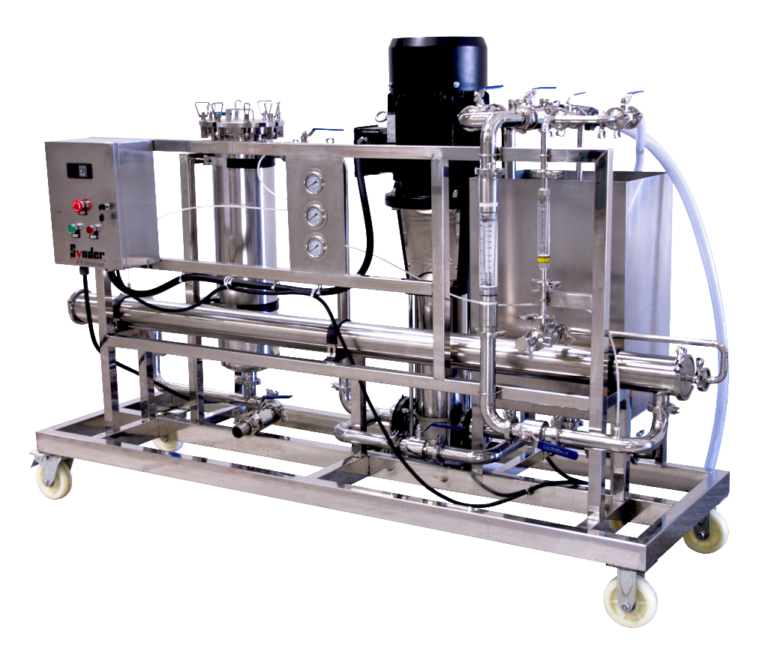Nanofiltration membranes are a relatively recent development, and offer greater selectivity of ions vs. reverse osmosis membranes that reject all ion species in a feed stream. This unique characteristic provides flexibility in separation process development that can greatly impact performance and profitability, especially for industrial applications.
Nanofiltration membranes are defined as having a pore size in the order of nanometers (nm) (1×10−9 m). Due to its filtering property nanofiltration membranes are used in wastewater treatment Solutions. As a comparison, the atomic radius of a sodium ion and a chlorine ion is about 0.97 nm (0.97×10−9 m) and 1.8 nm (1.8×10−9 m), respectively. This demonstrates that nanofiltration membranes are near the range to remove rather small ions.
However, the term nanofiltration is really a misnomer. As the nanofiltration membranes are charged, the removal mechanism is not purely filtration as with ultrafiltration membranes, but also osmotic. This makes them a true hybrid, bridging ultrafiltration and reverse osmosis membranes in the range of membrane treatment options.
In general, the primary factors that affect the performance of the membranes include the membrane material (charge of the membrane), concentration polarization at the membrane face (buildup of concentration at the membrane face), and fouling of the membrane to name a few. As such, pore size alone does not predict the removal of constituents. Adding more complication to the problem, every manufacturer’s membranes are slightly different, meaning there is no simple method for predicting removals. Pilot testing of the nanofiltration membranes is imperative when designing a system to target certain constituents.



